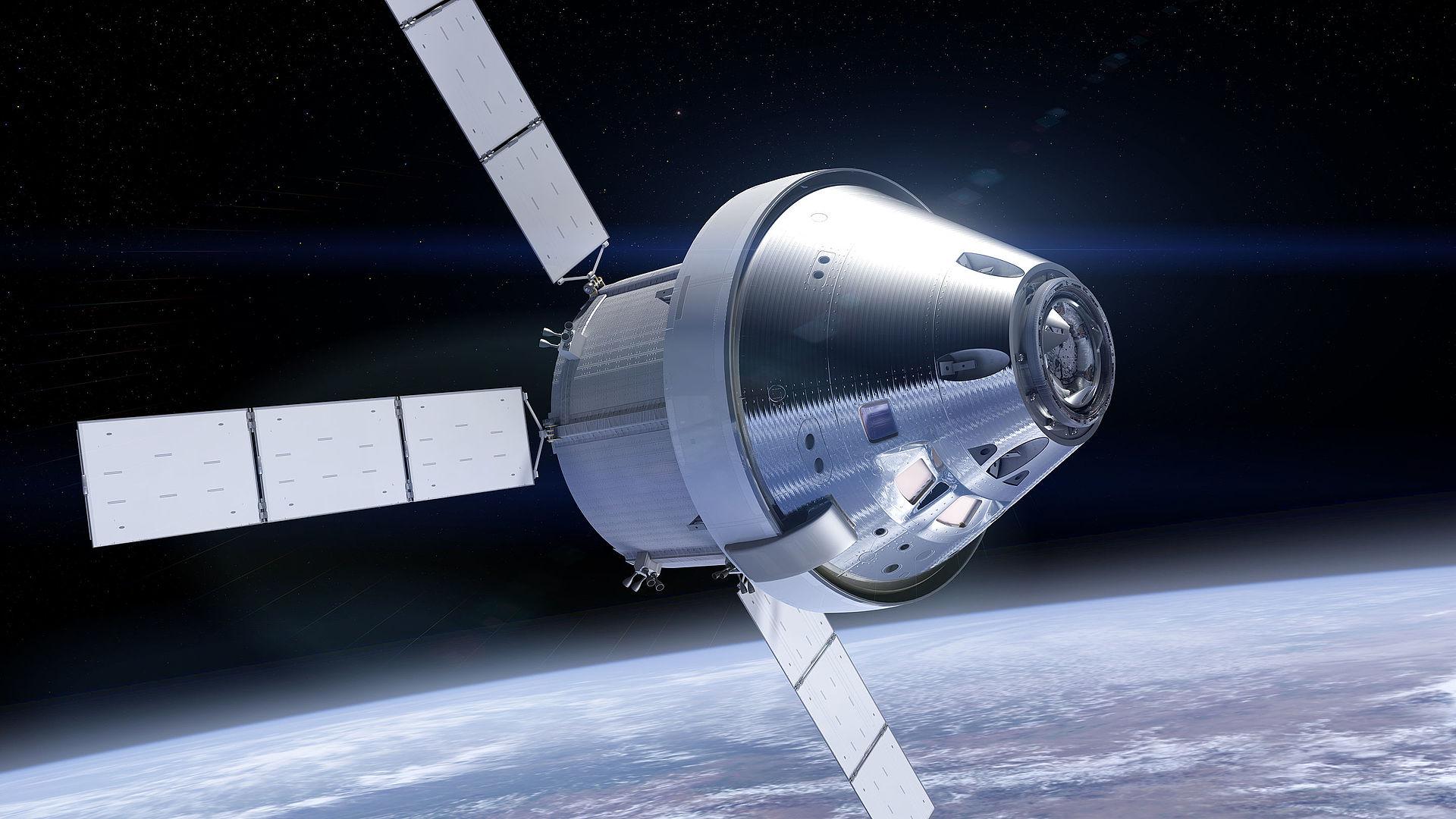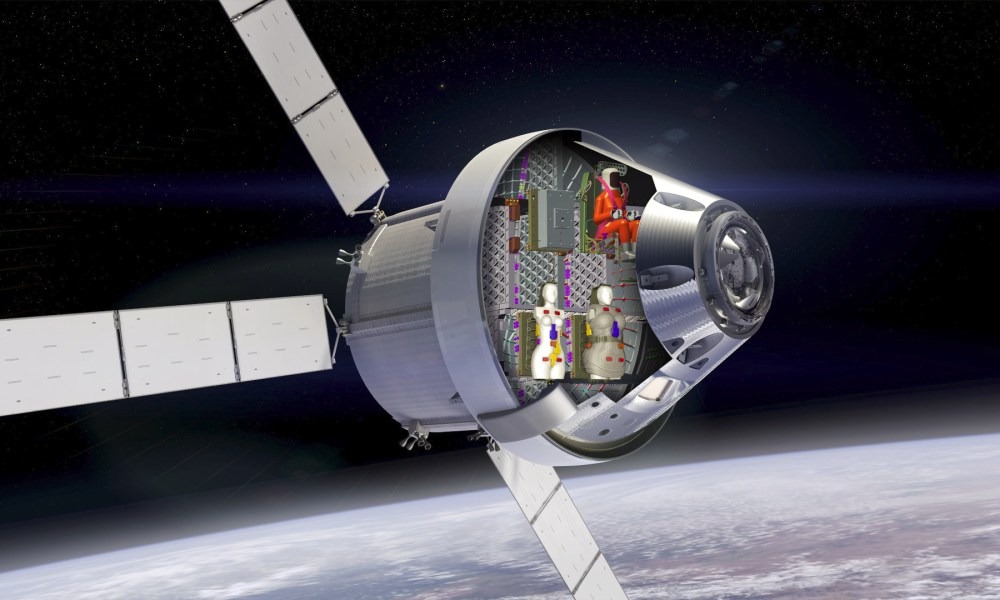In 2022, during NASA’s Artemis I mission around the Moon, two dummies named Helga and Zohar were aboard the spacecraft instead of astronauts. They were intended to test the radiation levels that astronauts would encounter on future Artemis II and Artemis III missions.

The German space agency DLR recently released the first measurement results in Nature, and there is good news for future lunar missions: the radiation levels in the protected areas of the spacecraft turned out to be acceptable. Radiation becomes dangerous beyond the Earth’s magnetic field and the Van Allen belts that protect us from its effects. Astronauts who will fly to the Moon and beyond will be exposed to radiation, which can cause cancer and other diseases.
A study has shown that radiation levels in the Orion capsule depend on location. Protected areas provide four times better protection than unprotected areas. It has also been found that proper orientation of the spacecraft can significantly reduce radiation exposure. For example, turning the spacecraft 90° while flying over the Van Allen belts reduces radiation levels by 50%. These results confirm Orion’s basic protection for future crewed space missions.

Dummies named Helga and Zohar were used to simulate the effects of radiation on the human body. One dummy was unprotected, while the other was wearing a radiation-protective vest. Although the results of this comparison haven’t been made public yet, the researchers are working to analyze them.
Sergi Vaquer Araujo, leader of the space medicine team, said the radiation monitors in the Orion capsule provided valuable data on how cosmic radiation interacted with the spacecraft’s protective materials and which areas offered the most protection. This knowledge is key to assessing astronaut safety during future missions to the Moon and beyond.
We previously reported on how Orion proved dangerous to the crew of Artemis II.According to Digital Trends


